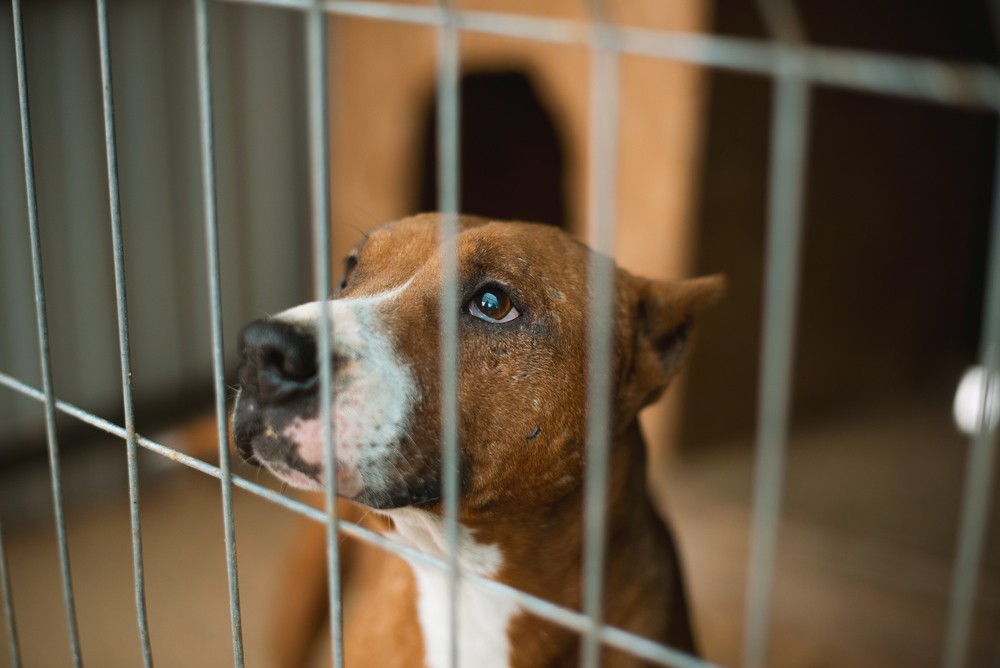Ways to Prevent FOMO (Fear of Missing Out) in Dogs
You've likely heard the saying, "An ounce of prevention is worth a pound of cure," and it couldn't be truer when it comes to preventing FOMO (Fear of Missing Out) in dogs! Once a dog develops strong feelings about being left out—whether it's during training or playtime—it can become challenging to manage.
Whether you're raising a young puppy or addressing FOMO with an older dog, the key to success is consistency. You can't expect progress if you address FOMO inconsistently while allowing barking and restless behavior at other times. Follow these practical tips to keep your dog content and anxiety-free.
1. Provide Mental Enrichment
Dogs need more than just physical activity—they thrive on mental stimulation. Keep their minds engaged with activities like:
- Puzzle toys
- Interactive games
- Treat-dispensing toys
These activities combat boredom and encourage your dog to focus on tasks rather than worry about missing out on other activities.
2. Ensure Regular Physical Exercise
Exercise is essential for keeping dogs happy and preventing restlessness. Take them on regular walks, play games like fetch, and explore new places to keep things exciting. A change of scenery can stimulate their senses just as it does for us. A well-exercised dog is far less likely to develop FOMO behaviors.
3. Encourage Healthy Socialization
Dogs are social animals that enjoy spending time with people and other dogs. Arrange playdates, attend dog-friendly events, or visit dog parks. Regular socialization builds your dog's confidence, making them less prone to FOMO and helping them feel more secure in different environments.
4. Establish Consistent Routines
Dogs thrive on predictable routines. Set regular schedules for feeding, play, exercise, and rest. Consistency helps reduce anxiety and keeps your dog from worrying about when they'll next get attention or activity.
5. Spend Quality Time Together
Dedicated one-on-one time strengthens your bond with your dog. Whether it's cuddling on the couch, playing tug-of-war, or enjoying a quiet walk, these moments build trust and reduce feelings of being left out. Make time each day to connect with your dog so they don't feel neglected.
6. Use Positive Reinforcement Training
Training through positive reinforcement helps build your dog's confidence and allows them to develop better coping mechanisms. Reward calm behavior with treats or praise, and redirect anxious behavior toward something positive, like a chew toy or game.
7. Leverage Technology
Technology can be a great tool to ease your dog's anxiety when you're away. Consider:
- Leaving calming music or white noise on to create a soothing environment.
- Using a pet camera to monitor your dog while you're gone, giving you insight into how they're coping.
8. Try Pheromones for Extra Support
Some dog owners find that calming pheromones, like DAP (Dog Appeasing Pheromone) sprays or collars, help reduce stress and prevent frustration in their pets. While the evidence is anecdotal, it may be worth a try if your dog struggles with FOMO.
9. Set Your Puppy Up for Success
If you're working with a young puppy (under 2-3 years old), proactively managing their environment is essential. For example, if your puppy gets worked up while you're training another dog, consider crating them in a different room out of earshot. Once they develop the habit of reacting to training sessions, it can be hard to reverse that behavior.
For adolescent dogs, patience is critical. Their reactive brains are still developing, making them prone to overreacting in situations. Be consistent and gentle in setting boundaries to help them develop healthy coping skills over time.
Management Exercises to Prevent FOMO
Sometimes, the best way to prevent FOMO is to manage your dog's environment. These strategies help reduce triggers and keep your dog calm:
- Crate your dog out of sight and hearing when working with another dog.
- Offer high-value treats (like a chew or Kong toy) when you leave with another dog.
Here's an example of using treats to keep a dog calm while other dogs are working:
Teaching Puppies to Stay Calm Around Other Dogs
Watch this video to see how I work with my puppy to teach them to stay calm while other dogs run agility:
Preventing FOMO in dogs requires a combination of mental enrichment, physical exercise, socialization, consistent routines, and quality bonding. Incorporating these strategies into your dog's daily life will help them feel more secure and reduce anxiety about missing out. A happy, well-adjusted dog is less likely to display disruptive behaviors and will be more content—whether they're actively involved in the action or simply watching from the sidelines.
By accepting you will be accessing a service provided by a third-party external to https://www.fenzidogsportsacademy.com/
